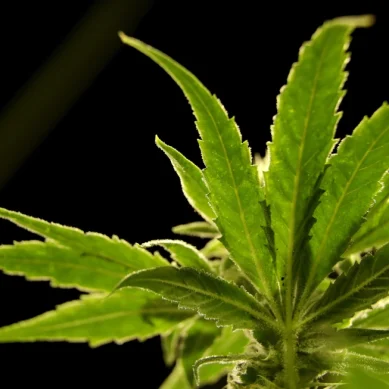
About a quarter of all freshwater fish species are at risk of extinction due to threats from climate change and pollution, the latest Red List of Threatened Species shows.
One of the main threats is the havoc climate change is wreaking on water cycles, such as falling water levels and rising sea levels causing seawater to move up rivers, according to the International Union for Conservation of Nature (IUCN), which compiles the list several times a year. The latest edition was released on Monday.
The report says one of the fish species now in danger of extinction is the ‘Large-toothed Robber’ found in Kenya in the world’s largest desert lake, Lake Turkana. The species has fallen two categories to ‘Vulnerable’ due partly to habitat dehydration due to climate change as well as depleted water flows caused by damming, IUCN said.
In its first exhaustive analysis of freshwater fish, IUCN said that over 3,000 fish species out of nearly 15,000 were at risk.
Also at risk is Atlantic Salmon, which swims in both freshwater and saltwater. It slid down a category from ‘Least Concern’ to ‘Near Threatened’ on evidence its global population fell by 23 per cent between 2006 and 2020, IUCN said. It cited mortality due to salmon lice from farms as well as the rise of invasive species as some of the factors.
“Ensuring freshwater ecosystems are well-managed, remain free-flowing with sufficient water and good water quality is essential to stop species declines and maintain food security, livelihoods and economies in a climate-resilient world,” said Kathy Hughes, co-chair of the IUCN Species Survival Commission Freshwater Fish Specialist Group.
On a positive note, the Scimitar Oryx is no longer extinct in the wild thanks to a successful reintroduction project in Chad where hundreds of calves have been born, IUCN said.
- A Reuters report











